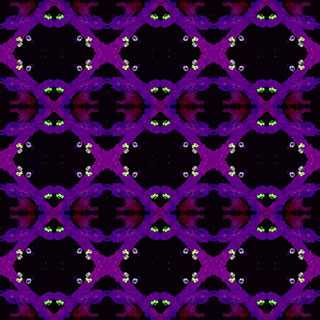Course Description
The mammalian immune system is sometimes called a “liquid organ,” capable of rapidly initiating and then resolving potent responses to pathogens at almost any location in the organism. What protein machinery drives immune cells’ rapid migration? How do cells make pathfinding decisions around barriers? How do they find …
The mammalian immune system is sometimes called a “liquid organ,” capable of rapidly initiating and then resolving potent responses to pathogens at almost any location in the organism. What protein machinery drives immune cells’ rapid migration? How do cells make pathfinding decisions around barriers? How do they find rare pathogens or target cells in complex environments?
This course will begin by examining the general immunological functions of two major immune cell types—T cells and dendritic cells. Through our readings and discussions, we will examine the connections between immunotherapy as an emerging treatment modality for a variety of cancers and the migration of immune cells.
This course is one of many Advanced Undergraduate Seminars offered by the Biology Department at MIT. These seminars are tailored for students with an interest in using primary research literature to discuss and learn about current biological research in a highly interactive setting. Many instructors of the Advanced Undergraduate Seminars are postdoctoral scientists with a strong interest in teaching.
Course Info
Instructor
Departments
Learning Resource Types









